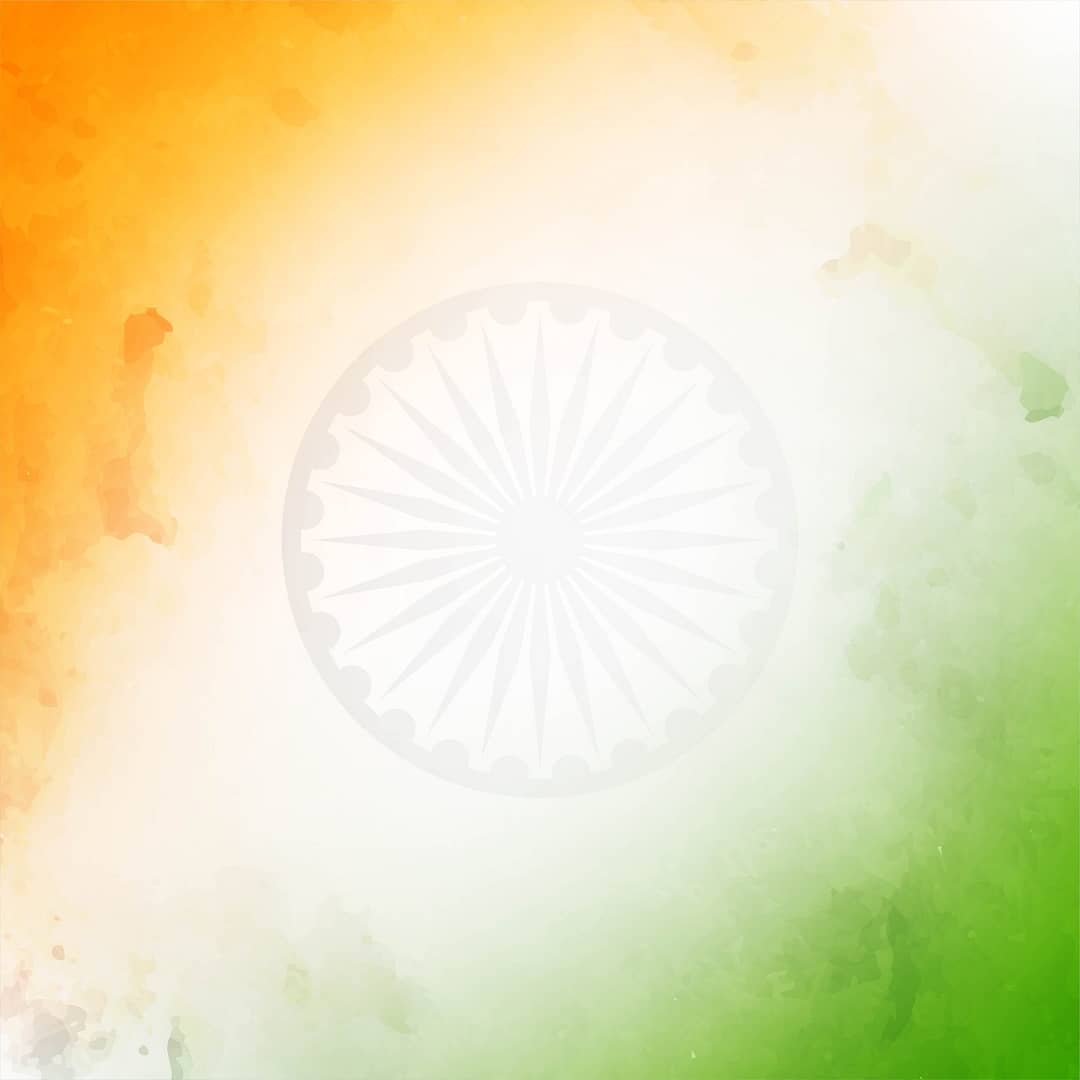In an era defined by technological breakthroughs, the Indian government has embarked on an unprecedented endeavor that could reshape how citizens access live television content. The revolutionary concept of delivering TV channels directly to mobile phones, bypassing the need for an internet connection, has sparked excitement and curiosity. This visionary initiative, known as Direct-to-Mobile (D2M), takes inspiration from the tried-and-true direct-to-home (DTH) broadcasting approach.

Revolutionizing TV Consumption: A Glimpse into D2M Technology
The core objective of the D2M technology is to redefine how mobile users experience television content. Much like the convenience of cable or DTH connections, D2M aims to bring live TV channels directly to handheld devices. The Department of Telecommunications (DoT), the Ministry of Information and Broadcasting (MIB), and the Indian Institute of Technology Kanpur (IIT-Kanpur) are orchestrating a collaborative effort to transform this audacious vision into reality.
Beyond Conventional Boundaries: Extending TV Reach and Accessibility
One of the driving forces behind the D2M initiative is to transcend the traditional boundaries of television programming. Currently, TV coverage reaches around 210-220 million households. However, juxtaposed against this statistic is the staggering number of smartphone users in the country, which is poised to touch a monumental 1 billion by 2026. Amplifying the potential, over 80% of internet traffic comprises video content, making mobile phones an ideal conduit for broadcasting television content.
Empowering Information Dissemination: D2M’s Multi-Faceted Role
The implications of D2M technology extend beyond entertainment. Governmental stakeholders envision leveraging this innovation for diverse purposes, including the dissemination of educational materials and crucial information such as emergency alerts. By harnessing this expansive addressable market, authorities aim to enhance the inclusivity and efficiency of content delivery to the masses.
Telecom Turmoil: Skepticism and Opposition
However, as with any groundbreaking idea, the proposal has encountered its share of skepticism and opposition. Major telecom operators are expected to voice concerns over potential revenue erosion. A significant portion of their revenue is derived from data consumption, particularly video content. These operators argue that D2M could disrupt their revenue streams and even cast shadows over their 5G business projections.
Technological Evolution: A Testament to Progress
India’s rapid technological evolution is encapsulated by the government’s pursuit of D2M technology. This endeavor underscores the administration’s commitment to embracing innovation for the betterment of its populace. The collaboration between governmental bodies and technological institutions fuels the anticipation that watching TV on mobile phones without an internet connection is on the brink of realization, poised to revolutionize the nation’s media consumption habits.
Conclusion: Bridging Gaps, Shaping the Future
As the D2M technology takes shape, the prospect of direct-to-mobile TV delivery represents a pivotal moment in India’s technological journey. The fusion of entertainment and technology stands to reshape the accessibility, reach, and consumption of television content. While challenges persist, the vision of an unconnected entertainment era draws closer, promising to transform how information and entertainment seamlessly weave into the fabric of daily life.
FAQs: Navigating the Direct-to-Mobile Landscape
1. What is Direct-to-Mobile (D2M) technology?
D2M technology enables live TV channels to be streamed directly to mobile phones without requiring an internet connection, akin to direct-to-home (DTH) broadcasting.
2. How will D2M benefit users?
D2M offers the convenience of watching TV on mobile devices, expanding access beyond traditional means and catering to the vast number of smartphone users.
3. What are the potential applications of D2M?
Apart from entertainment, D2M can serve as a platform for distributing educational content and disseminating vital information, such as emergency alerts.
4. Why are telecom operators skeptical of D2M?
Telecom operators fear that D2M could impact their revenue from data consumption, primarily video content, and challenge their 5G business strategies.
5. How does D2M reflect India’s technological evolution?
The government’s exploration of D2M technology showcases its dedication to harnessing innovation for the betterment of society, exemplifying India’s rapid technological progress.
Source:
https://inc42.com/buzz/live-tv-mobiles-without-internet-india-govt-explores-d2m-tech/
https://inc42.com/buzz/live-tv-mobiles-without-internet-india-govt-explores-d2m-tech/


